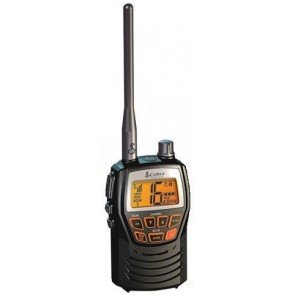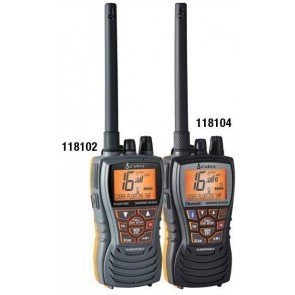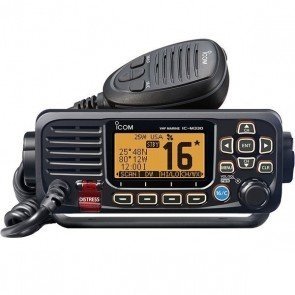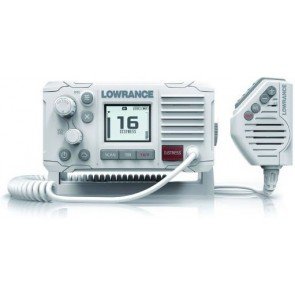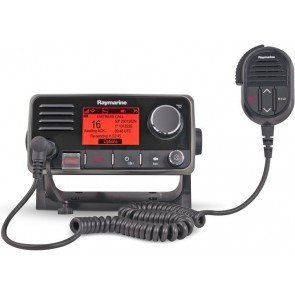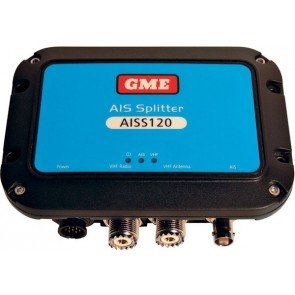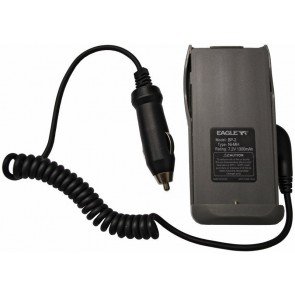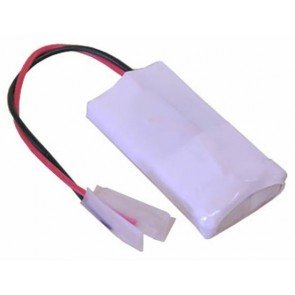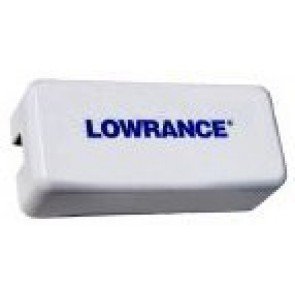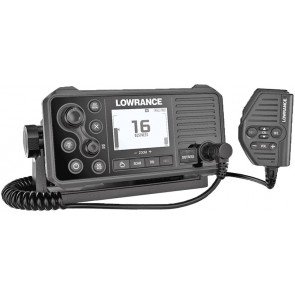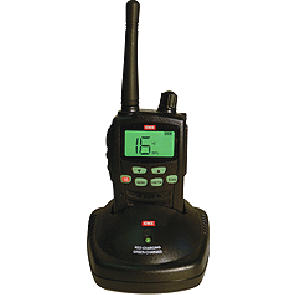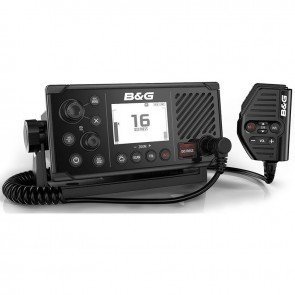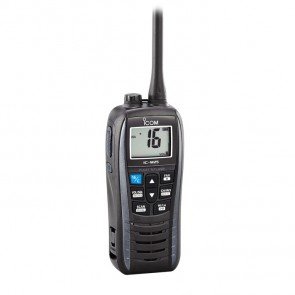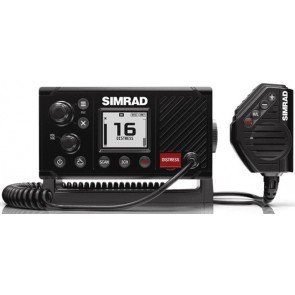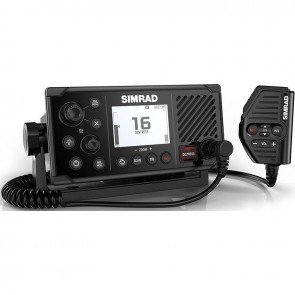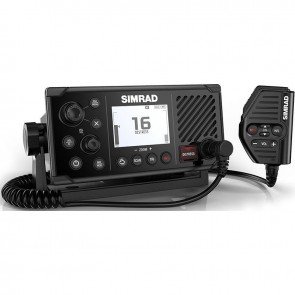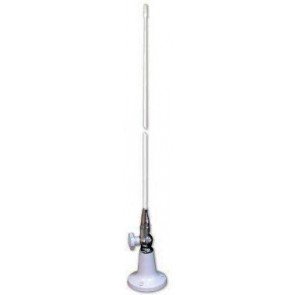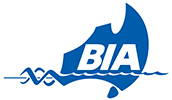Get the most out of your VHF Radio
Are you using your VHF Radio to its greatest ability? Do you know why it's so important to have one onboard? Do you know what the different stations are used for?
With so many vessels on our waterways, using your VHF Radio on the correct Channel is essential to avoid any collisions or congestion on the water, as well as when calling for help. With a much better Range and less interference than the old 27 Meg radio Range, VHF Radios make communication much easier.
Hook Line & Sinker hosts Andrew Hart and Nick Duigan, in conjunction with ACMA TV (Australian Communications and Media Authority), have created a video helping to explain exactly what your VHF Radio can do, what happens in an emergency if you put a call through to Channel 16, and the correct procedure for doing so.
The boys also have some great advice on how to use your radio to connect with others on the water without clogging up the emergency Channel with general chatter.
Did you know that your VHF Radio is one of the best ways to keep up to date with the Current weather conditions? Channel 67 generally has any weather warnings broadcast such as storms or strong swells.
Remember, if you're in danger or need some help, call out on VHF Radio emergency Channel 16 to get the closest assistance and always have your radio tuned into this channel so you can assist anyone else who is in danger.
For further information about VHF Radios and their signals, check out our news article 'VHF Radio Range - How far does it go?' or check out the video below.


Related Products
-
Cobra HH125 VHF Marine Radio
RRP: $169.90
NOW: $164.85
-
Cobra Handheld VHF Floating Radio
-
ICOM IC-M330GE Ultra Compact DSC VHF Radio
-
ICOM IC-M423G DSC VHF Marine Radio
-
Lowrance Link 6 VHF Radio with DSC (Discontinued)
-
Raymarine Ray60 VHF Marine Radio (Discontinued)
-
GME AISS120 AIS VHF Antenna Splitter
RRP: $450.00
NOW: $423.00
-
Eagle EHR-10 Handheld VHF CA-14 Cig Power Cable
$49.50 -
Lowrance LHR80A Hand Held VHF VBP-4 1400mAh Li-ion Battery Pack (Discontinued)
-
LVR-250 Link-5 Sun Cover (Discontinued)
-
Lowrance Link 9 DSC VHF AIS Radio
RRP: $739.99
NOW: $682.00
-
GME GX620 VHF Handheld Radio (Discontinued)
-
B&G V20 DSC VHF Radio (Discontinued)
-
B&G V60 DSC VHF AIS Radio
RRP: $899.00
NOW: $841.50
-
B&G V60-B DSC VHF AIS-B Radio with GPS-500 Antenna
RRP: $1,649.00
NOW: $1,543.50
-
ICOM IC-M25 Handheld VHF Radio
RRP: $250.00
NOW: $219.00
-
Icom IC-M93D Euro Handheld VHF DSC Radio With GPS (Discontinued)
-
Simrad RS20 DSC VHF Radio (Discontinued)
-
Simrad RS40 DSC VHF AIS Radio
RRP: $899.00
NOW: $841.50
-
Simrad RS40-B DSC GPS VHF AIS-B Radio
RRP: $1,599.00
NOW: $1,497.00
-
Ray53 VHF Radio with GPS
RRP: $749.00
NOW: $654.00
-
GME AE30 VHF Antenna (Discontinued)
-
GME SPL002 VHF/27MHz AM/FM Splitter
RRP: $59.00
NOW: $54.00

